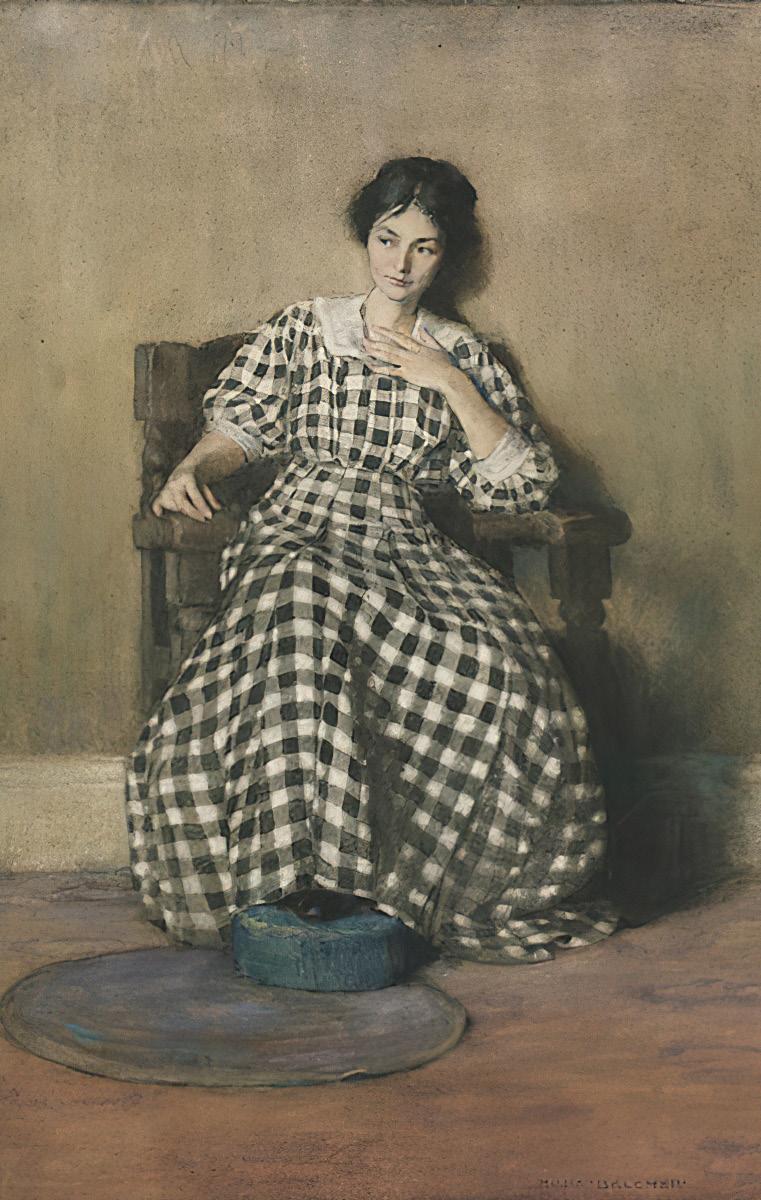feature
LEGAL WEED IS COMING CANNABIS AND THE EMPIRE STATE By Amadeus Finlay
P
ersistence pays off in politics, and as Governor Cuomo prepares to present a recreational cannabis bill in the upcoming legislative session for the third time in his tenure, the feeling in Albany is that it will happen this time around. Approximately 1.3 million people across the state consume THC-based products (the stuff that gets you high—think Cheech and Chong; big, stinky buds). A poll conducted by Spectrum News of Albany and IPSOS Global in October found that 61 percent of respondents favored the legalization of recreational cannabis. In 2018, residents of New York City consumed an estimated 77 tons of cannabis flower—more than any other city on the planet according to a 2018 study from Seedo. The state’s medical cannabis program, launched in 2014, has 133,362 “certified patients,” with over 3,000 medical practitioners across New York registered to prescribe medical cannabis (albeit in some derivative form, not flower). Hemp is also big business, with approximately 18,000 acres of the crop being produced by more than 400 licensed growers. But there is a gap. While New York decriminalized recreational marijuana use in 2019—possession of small amounts of the drug are punished with fines rather than jail time—it’s still not legal.
38 THE MARIJUANA CHRONICLES CHRONOGRAM 2/21
Recreational Cannabis: The View from Albany The financial downturn caused by the pandemic will cost the state a shortfall of almost $63 billion over the next four years, and recreational cannabis would generate an estimated $300 million in additional annual tax revenue—an attractive argument for legalization. (Even if lawmakers legalized marijuana tomorrow, however, it would be years before revenue from the marijuana industry hit the $300 million level.) Consumer demand remains strong, and with neighboring Massachusetts selling legal weed and New Jersey voters approving recreational marijuana at the polls, New York is late to join the party. Add a Democrat supermajority in both chambers, and the deal seems all but done. But not everyone at the Capitol is convinced. Senator Pete Harckham (D) serves as Chairman of the Committee on Alcoholism and Substance Abuse and co-chair of the Joint Senate Task Force on Opioids, Addiction & Overdose Prevention, and feels the proposed legislation does not go far enough to address substance abuse, treatment, and education. “The governor’s bill is just treated as general tax revenue that goes in the general fund,” says
Harckham, whose district includes parts of Dutchess, Putnam, and Westchester counties. “We desperately need the money to go toward substance abuse disorder. New York State is woefully underfunded, and during the pandemic the overdose rate has doubled. Treatment providers are hanging on by a thread. This is a real crisis.” But Harckham is not opposed to recreational cannabis. Instead, he points to an alternative bill, S1527B sponsored by Assembly Majority Leader Crystal Peoples-Stokes (D) and Senator Liz Krueger (D), that directs 25 percent of recreational cannabis revenue toward substance abuse, treatment, and education. “It’s all covered,” continues Harckham. “There is money in the bill for local police who don’t have the resources to address DUIs, money for school districts to address risky behavior, and provisions for opt-out and local zoning.” Another advocate is Melissa Moore, state director of the Drug Policy Alliance. “We solidly support the Krueger bill because it learns lessons. From an advocacy perspective, the areas that stand out still with the Governor’s bill are what we would do with cannabis tax toward social equity and diversity components.” However it shakes out in Albany, change is













